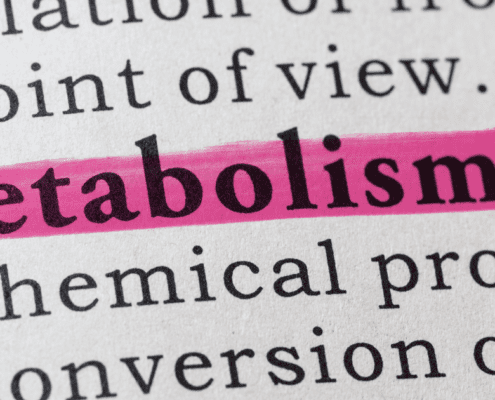How To Set Up a Fitness Goal So That You Actually Succeed
Last updated: Dec 30, 2020 by Michael Fouts
Read time: 4 min.
People make Health & Fitness Goals for a bunch of different reasons, like new years resolutions. Whatever the case, it’s important to make a plan – and a good one.
“If you fail to plan, you plan to fail”
Below describes how to make a goal that sets you up for success – so that you actually follow through on your goal this time.
One of the more popular methods that is used, and I make for my clients without them really knowing, is S.M.A.R.T goal creation. S stands for Specific (what, why, and how), M stands for Measurable (Is there a tangible measurement), A stands for Achievable (Is it possible?), R stands for Relevant (reasonable, realistic and resourced, results-based), and T stands for Timely (Is there a discrete timeline where this goal can be measured). By using this approach it allows you to flesh out the goal and set up a framework and follow-up process to ensure you see it through.
Additionally, it’s often better to frame your goals as approach, behavior, or mastery-oriented.
Approach vs. Avoidance Goals
An approach-oriented goal is where you focus on doing things a little bit better, and approaching a better outcome. In contrast, an avoidance-oriented goal is where you try to not do something. In his book Change Maker, John Berardi highlights some good examples:
- Instead of “no junk food,” try focusing attention on eating more cut-up fruits and vegetables.
- Instead of “no soda,” try focusing attention on drinking a glass of water with at least three meals each day.
- Instead of “no stress-eating,” try focusing attention on stress-relieving activities to do instead of eating.
It’s been shown that those who focus on approach-oriented goals tend to be much more successful in reaching their goal; read a study done on this.
Outcome vs. Behavior Goals
An outcome goal is something like: “I want to lose 10 lbs, run a 20 minute 5 km, squat 3 plates…etc.” These are all great, but it’s much more effective to focus on the behavior goal that reinforces the outcome goal.
- Example for weight loss: “I will exercise 4 times per week for 30 minutes, and 6 out of 7 days of the week I will eat 1/2 plate of vegetables with at least one meal.”
Outlining goals this way is also framed more positively to reinforce future success. By that I mean you might not always achieve the outcome goal, for various reasons, but you can consistently deliver with the beavhior goal.
Performance vs. Mastery Goals
This is taken directly from John Berardi’s book Change Maker: “Performance goals are a lot like outcome goals, except they’re usually associated with external validation – wanting to win a competition for the prize money or wanting to beat a record time…In contrast mastery goals are about learning, skill development, and the intrinsic value of becoming excellent at something.”
Performance goals can have limitations since there are many factors that can affect the outcome, and this can be demotivating if you don’t achieve your performance goal. Further, after a while, it can be increasingly hard to continue to push for performance goals. Instead, if you focus on mastering the process – like skill development – you’ll enjoy the process much more and almost always improve your performance goal.
An example, that John uses in his book, is setting a new half-marathon personal record. How to approach this goal ties in points 2 and 3, as this is both an outcome and a performance goal. Instead of focusing on a set time, focus on:
- Running 4x a week. Use a reverse-engineered plan, up to race day, that will include increasing volume week-to-week with: 1 interval tempo run (hill repeats, fartlek), 1 pace medium length run, 1 above pace short run, and one below pace long run.
- Focus on running technique mastery: proper foot striking, faster food speed and not larger strides, proper breathing technique, etc.
With mastery goals, the focus becomes about progression and not performance.
Let’s use a hypothetical example to help highlight the above points.
Example: Jane Doe wants to lose 15 lbs for an upcoming vacation in 13 weeks. She will exercise more than she has been, and she will aim to eat better for the next 13 weeks.
This example could be improved by indicating the behavior and approaching goals, and highlighting that these would be the focus to achieve the outcome goal of losing 15 lbs in 13 weeks:
- Workout at least 4x per week, twice with a personal trainer and twice by herself.
- Get 7+ hours of good quality sleep per night.
- Look to have a gross caloric intake of 1400 calories per day, tracked with myfitnesspal at least 3x per week.
- Have 1/2 plate of vegetables at 2 meals per day, as often as possible.
- Focus on a weekly weight loss rate of 0.5-1% bodyweight per week (a reasonable rate of weight loss).
Try using the above goal creating strategy the next time you make a fitness goal so you actually follow through on it this time.
If you need some help, shoot me a message and I’d be happy to help out and give you some feedback.
Till next time
-Mike





